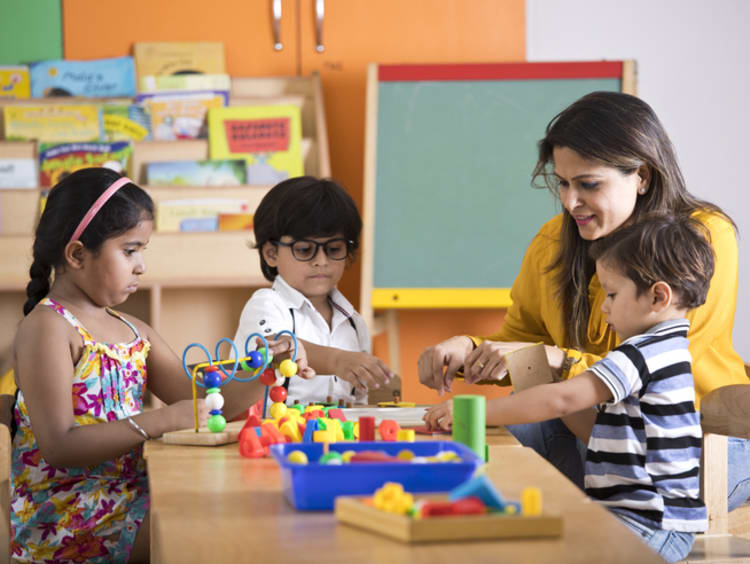As children, we begin learning at an extremely fast rate. Even as infants, we’re constantly taking in information and forming our view of the world. And as we grow, our environment plays a huge role in our ability to learn.
If you’re a new parent, you likely want to raise your child in the best environment possible. But how do you create a learning environment that nurtures and promotes growth? Believe it or not, it’s much easier than you might think.
In many ways, even the smallest parts of our immediate environment can affect our learning abilities. And this all begins in our nurseries and extends long into our early adult years.
Creating an environment conducive to proper growth can be easily achieved if you employ a little science and a few modern organizational principles. In fact, even the overall design of your child’s room can play a critical role in his or her learning abilities.
Here, we’ll explore a few ways you can create the perfect learning environment for your child.
Nurseries and Bedrooms
As mentioned, our learning environment begins in the nursery. And if you have a poorly designed space for your child, this could impede or otherwise negatively affect his or her ability to learn new skills.
For example, many modern nursery themes offer educational tools, textures, colors, and other learning devices to stimulate newborns and promote learning. But if your child’s nursery is lacking any of these elements, his or her mental growth may be affected.
When creating your child’s nursery, consider incorporating the following elements:
- Textured blankets
- Mobiles with sound
- Interactive learning stations
- Accessible toy boxes
- Books
Additionally, keeping a clutter-free environment is also fundamental to your child’s growth and mental well-being. In fact, many studies have shown a distinct link between cognitive ability and the presence of clutter in one’s life. Essentially, too much clutter can cause overstimulation and make it difficult to concentrate or focus, especially for children.
Nurseries and bedrooms should be mentally stimulating, and as your child grows, introduce more learning tools such as age-appropriate books and other learning games which promote mental growth.
Set Aside Space for Teaching
It’s quite common to focus on your child’s performance rather than on creating better teaching methods. But if you want your child to benefit from his or her immediate environment, creating a space where your child is comfortable learning with you is essential.
Teaching time should be a standard part of your child’s daily schedule. Even if this is setting aside 30 minutes a day to work on writing, pronunciation, or engaging in learning games, this time is critical for your child’s cognitive development. And your teaching space could be as simple as a corner of your living room, to a dedicated room in your home.
As a parent, you have to remember that your child’s attention span is much shorter than yours. However, his or her memory is probably much sharper. And you can bet that whatever you do teach them will be digested rather quickly. This is why creating a space for teaching is critical for enhancing learning.
Create Outdoor Learning Spaces
Just as it’s important to be comfortable learning inside the home, you also have to teach your child social skills and enable them to be comfortable learning outside as well. And this is where outdoor spaces are so important.
It’s a scientific fact that exercise promotes proper brain function. As such, getting outside with your child and allowing them to run around and climb or play with other children is fundamental to their social growth.
Maybe you live in a neighborhood with other children. If this is the case, installing a playground and inviting other parents to come to your home with their children can work wonders for your child’s social development.
If you don’t have the means to build a playground on your property, chances are you have nearby open spaces, parks, and other areas where you can bring your child to interact with other kids. And you might get an added bonus yourself by bringing your child to the park where you can meet other parents and share common interests.
As a parent, it’s your job to create the best environment possible in order to foster learning and development for your child. And you don’t have to think too far outside of the box to meet this goal. All you have to do is make the time and the effort for creating space for learning in any capacity that you can manage, and you’ll be happy that you did as you’re sure to watch your child grow smarter.













